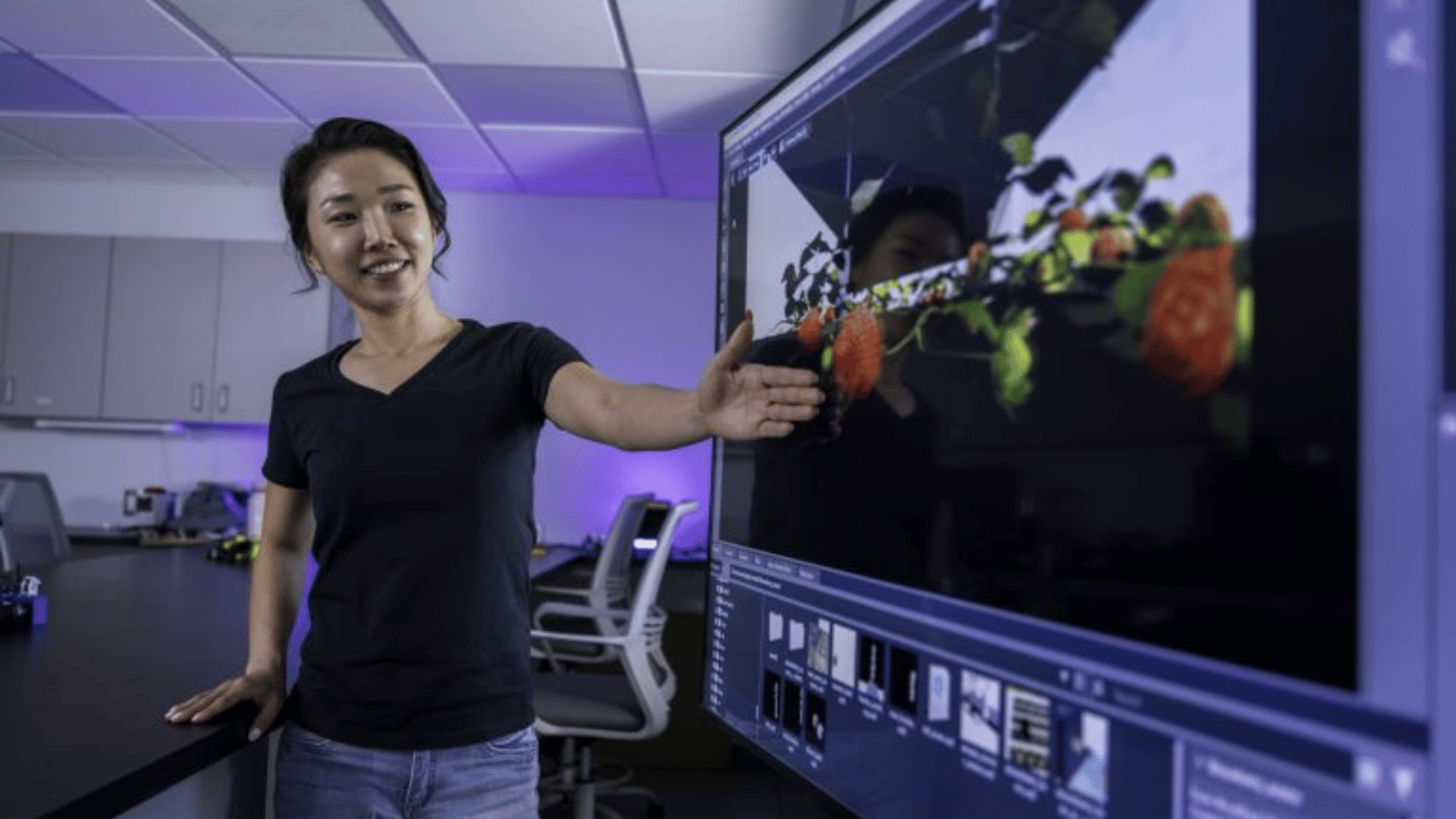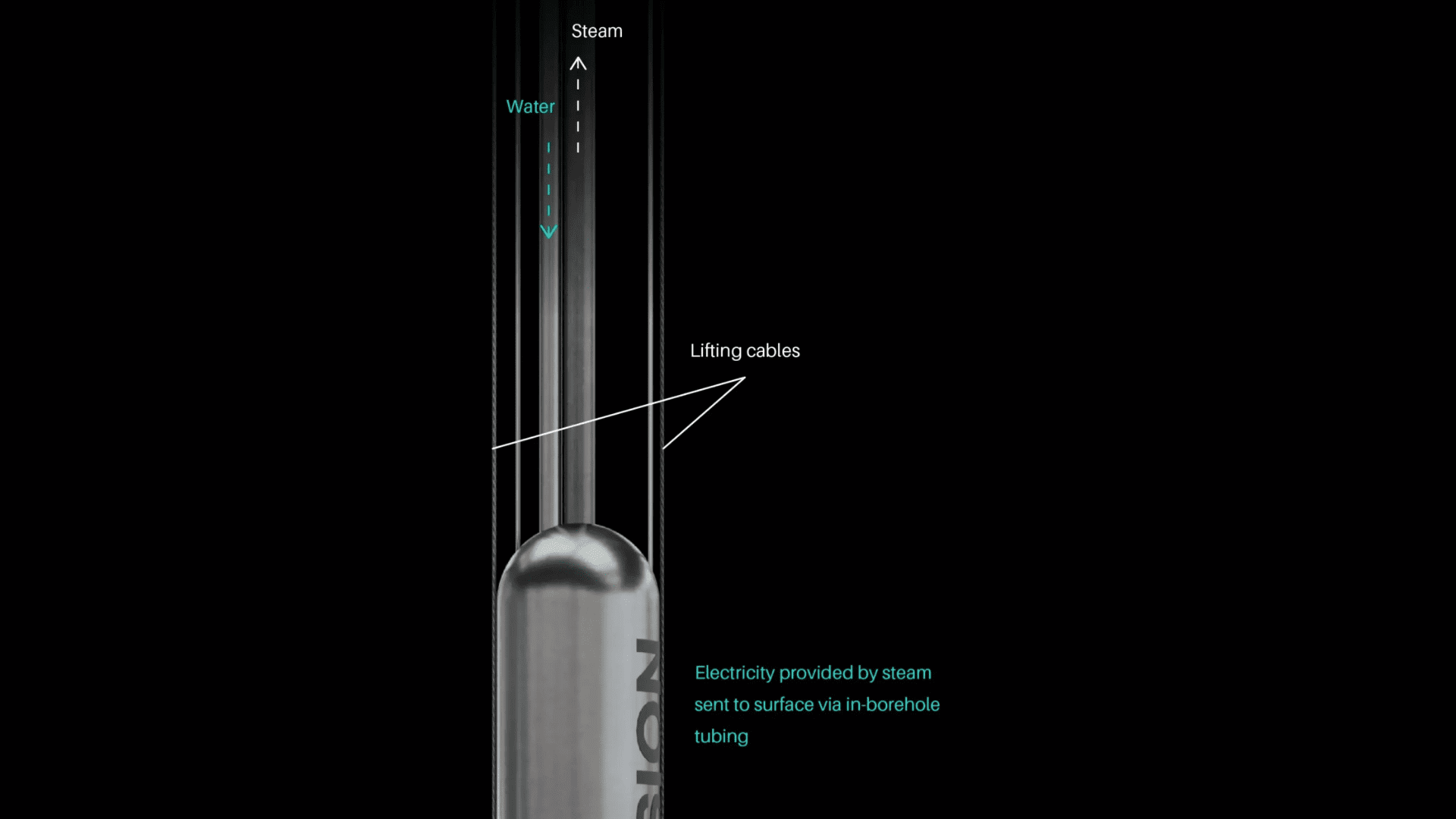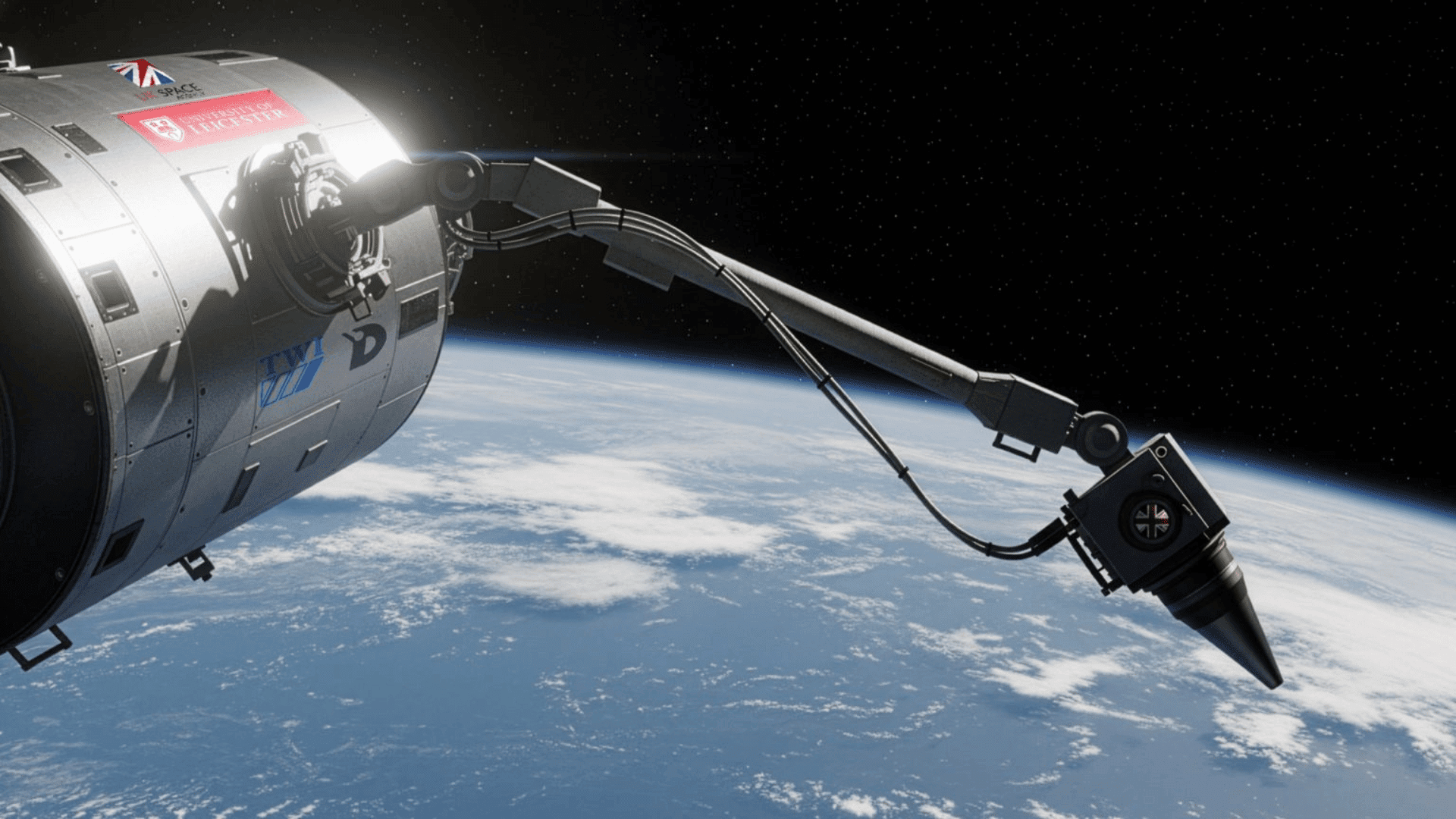University of Florida researchers developed a digital twin of a strawberry field to enhance AI tools for smarter agriculture.
Assistant Professor Dana Choi at the UF Institute of Food and Agricultural Sciences (UF/IFAS) Gulf Coast Research and Education Center leads the team. According to Choi and her team, the digital replica was designed to support Florida’s $500 million strawberry industry. The digital twin’s purpose is to train AI models on simulated crops.
AI Training With Digital Data

Training AI models on the digital twin eliminates seasonal constraints and accelerates the deployment of automated agriculture tools.
A digital twin replicates the real-world version of something. In this case, it’s a strawberry field. It replicates each row, leaf, and berry in a simulated version of the field. In addition, it mimics real conditions, eliminating the need to do fieldwork out of season. The virtual replica is of a commercial strawberry farm in Hillsborough County, Florida.
“Because the computer-simulated field never goes out of season, new berry-spotting tools can be prototyped even in the summer—speeding innovation,” said Choi. “The findings also mean lower development costs. Companies can test robotic pickers or smart sprayer designs in the digital twin, first, ironing out bugs before real-life trials. That ultimately lowers the price of new technology.”
Choi explains that the synthetic images inside the digital twin eliminate the need to train AI models on physical farms or fields.
“Normally, we’d have to take thousands of photos in real fields, label each one, and wait for the right season,” she says. “That takes a lot of time and money. But with a digital twin, we can create and label these photos instantly.”
The research shows that the AI models achieved 92% accuracy in detecting fruit without real-world data. Benefits of training AI models on a virtual replica extend beyond cutting labor-intensive work and year-round research. For example, AI tools trained on the digital twin could effectively predict a harvest’s yield or timing, which reduces waste and improves resource usage, such as water or fertilizer.
It also extends to the consumer, ensuring that they get higher-quality produce.
Most importantly, it speeds up the ability to prototype and validate autonomous agricultural machinery.
“The study shows that a realistic digital twin can jump-start AI tool development for strawberry farms, enabling faster, more cost-effective robotics innovation,” said Choi.








